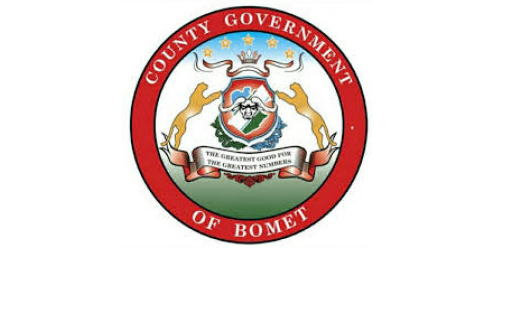The Kenya Meteorological Department’s latest alert over the expected increased rain across the country during the March-May long rains season calls for heightened surveillance, preparedness, and swift interventions to reduce fatalities and damages.
The department’s 2024 forecast indicates that enhanced rainfall is expected in counties within Lake Victoria Basin, Rift Valley, Central, Nairobi, Northeastern and Southeastern regions coupled with occasional storms and high temperatures.
According to the Director Dr. David Gikungu, the high rainfall patterns which are expected to peak in April in most regions are expected to have both positive and negative impacts on key sectors such as health, agriculture, and energy among others
Dr. Gikungu said the forecasts will be cascaded to individual counties to inform local-based interventions warning that the heavy rains may lead to flooding, mudslides, erosions, swollen rivers, and displacements of people and animals.
The director called on the relevant government authorities and development partners to upscale their level of interventions and infrastructure needed to address any emerging issues during the season.
“As a department, we will continue to update the country on the rainfall weather forecast to inform the right preparations and interventions from the farmers up to the government policy actions”, said Dr. Gikungu.
Dr. Gikungu was addressing stakeholders in Naivasha during the official release of the long rains forecast for the March to May season.
Dr. Ayub Manya from the Ministry of Health said although the long rains will reduce malnutrition due to possible food security, there is a need to intensify surveillance on possible disease outbreaks.
In addition, Dr. Manya called for a high level of preparedness to contain the emergence of water-borne diseases such as malaria, diarrhea, and typhoid through supporting community-based health centers as well as the provision of mosquito nets and drugs.
He affirmed that the Ministry of Health continues to put in place measures and map out the most prone regions across the country such as densely populated and flood-prone areas to contain the emergence of diseases and epidemics.
“The Ministry of Health is rapidly evolving from disease-based curative care towards a preventive mode and has established a fully functional epidemic control center that collects data and produces reports to inform daily decisions”, said Dr. Manya.
According to Kenya Red Cross representative Peter Murgor, the weather forecast on expected increased rainfall will enable the agency to do prior planning and deploy necessary interventions to reverse increased damages and losses.
While acknowledging that the rains will have a positive impact on food security and access to clean water, he noted that excess rains will lead to flooding, destruction, disease outbreaks, post-harvest losses, and displacements of people and animals.
Murgor said Redcross has established community-based early warning systems that enable the development of early warning messages and actions to help communities mitigate the effects of expected long rains.
The early weather forecasts on expected excess rains in the next three months are a wake-up call for both the National and County governments to institute and deploy much-needed interventions to cushion vulnerable communities from the negative impacts such as flooding, mudslides, displacements, and damages to critical infrastructure.
By Erastus Gichohi





